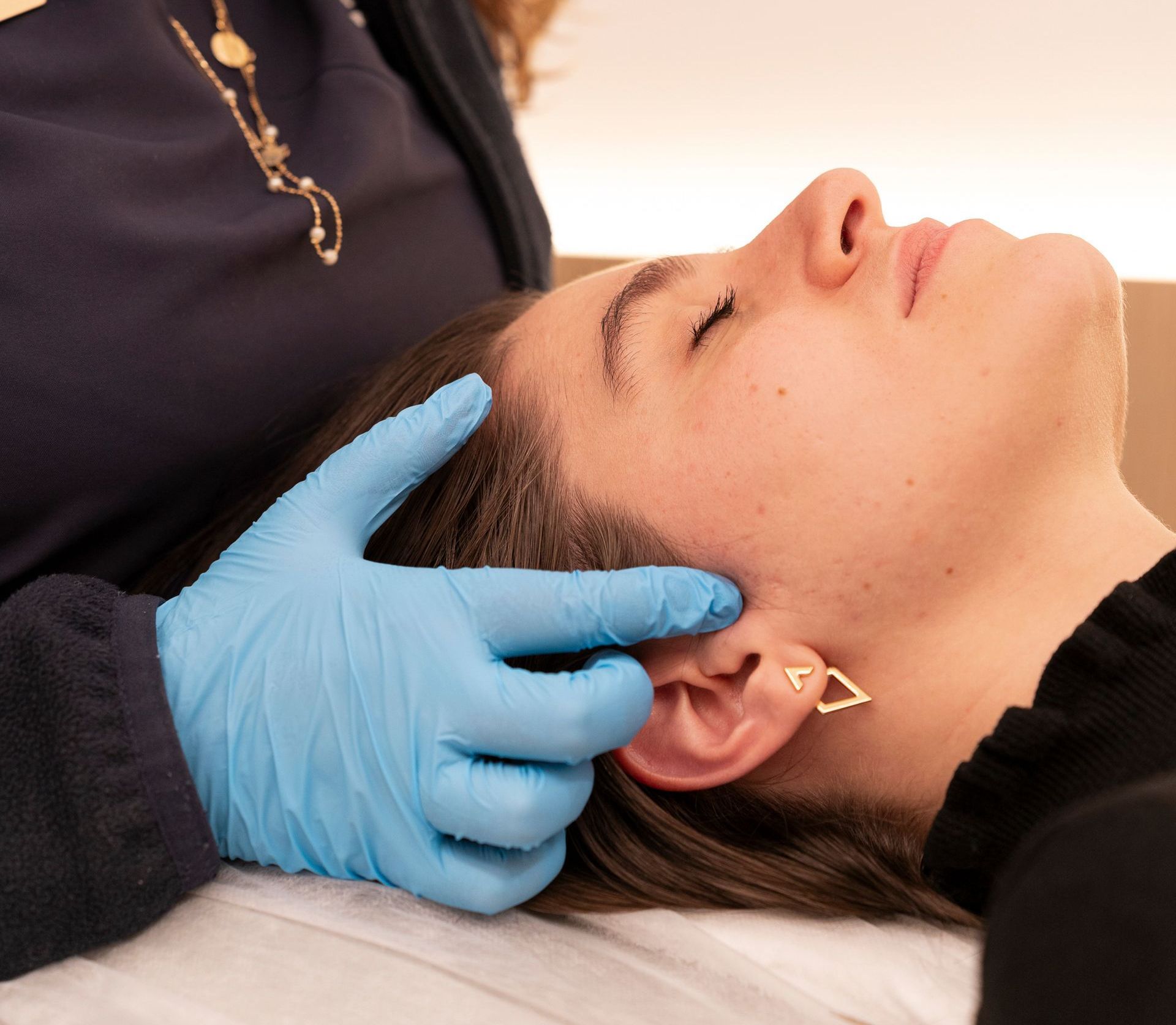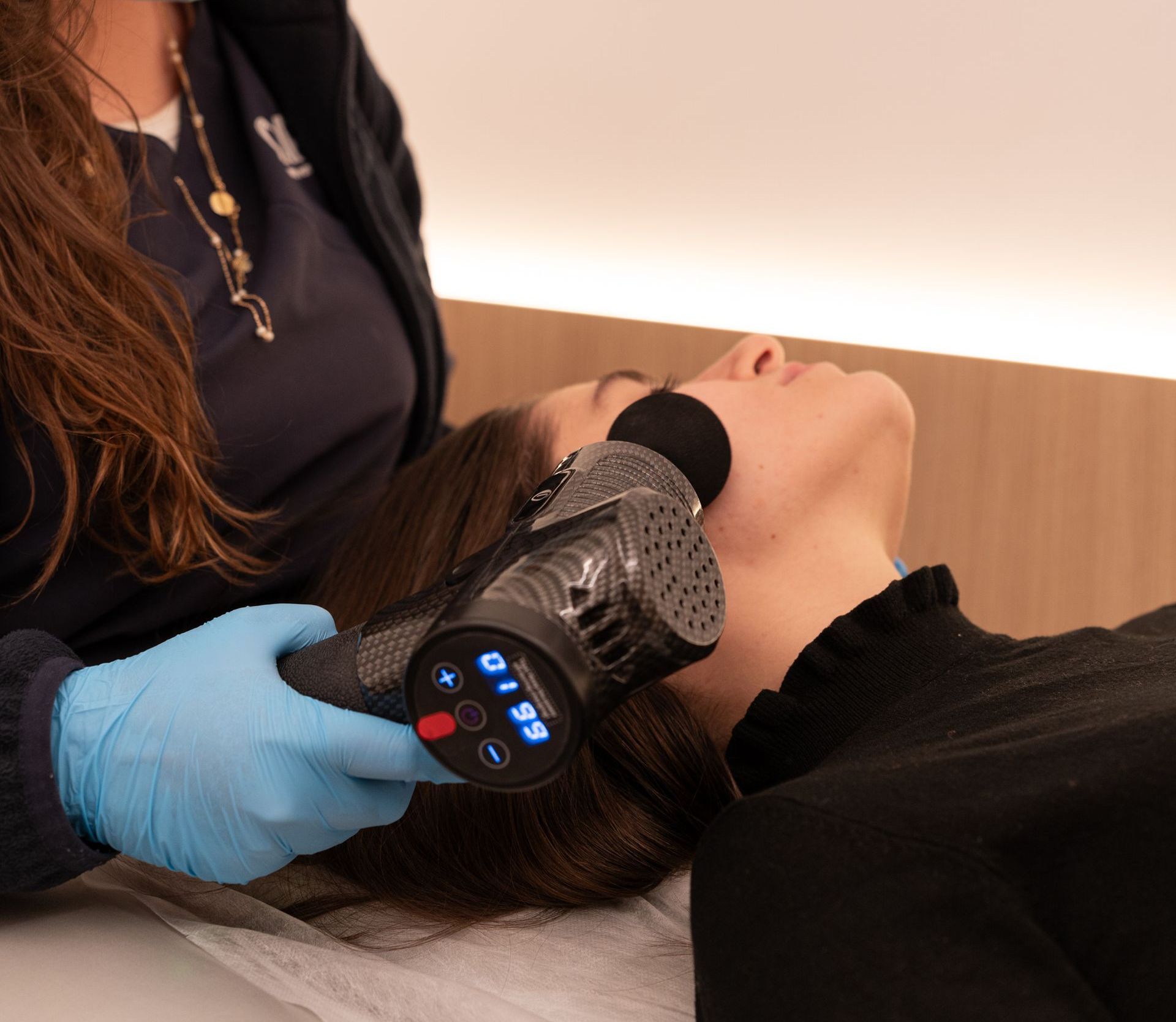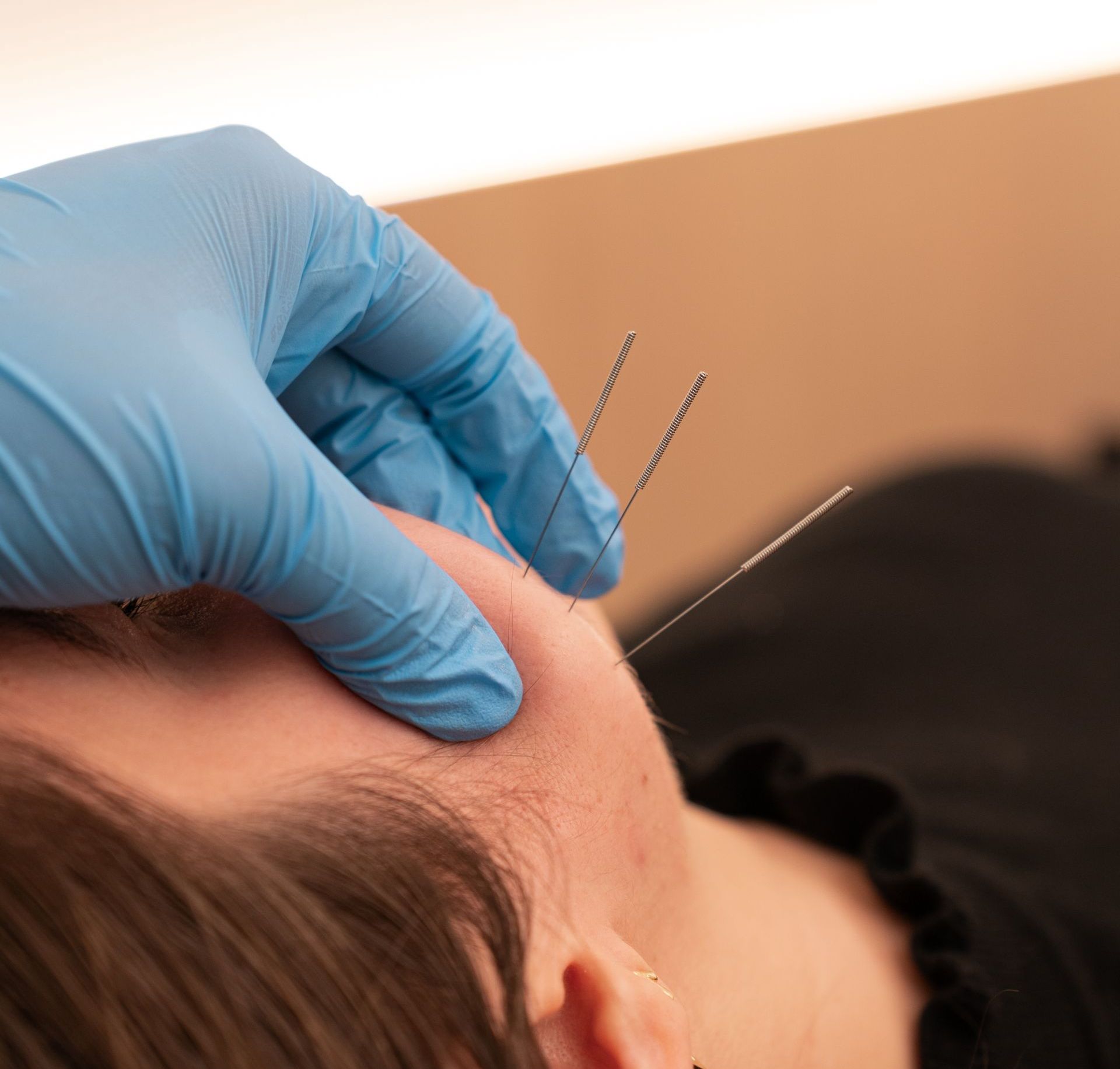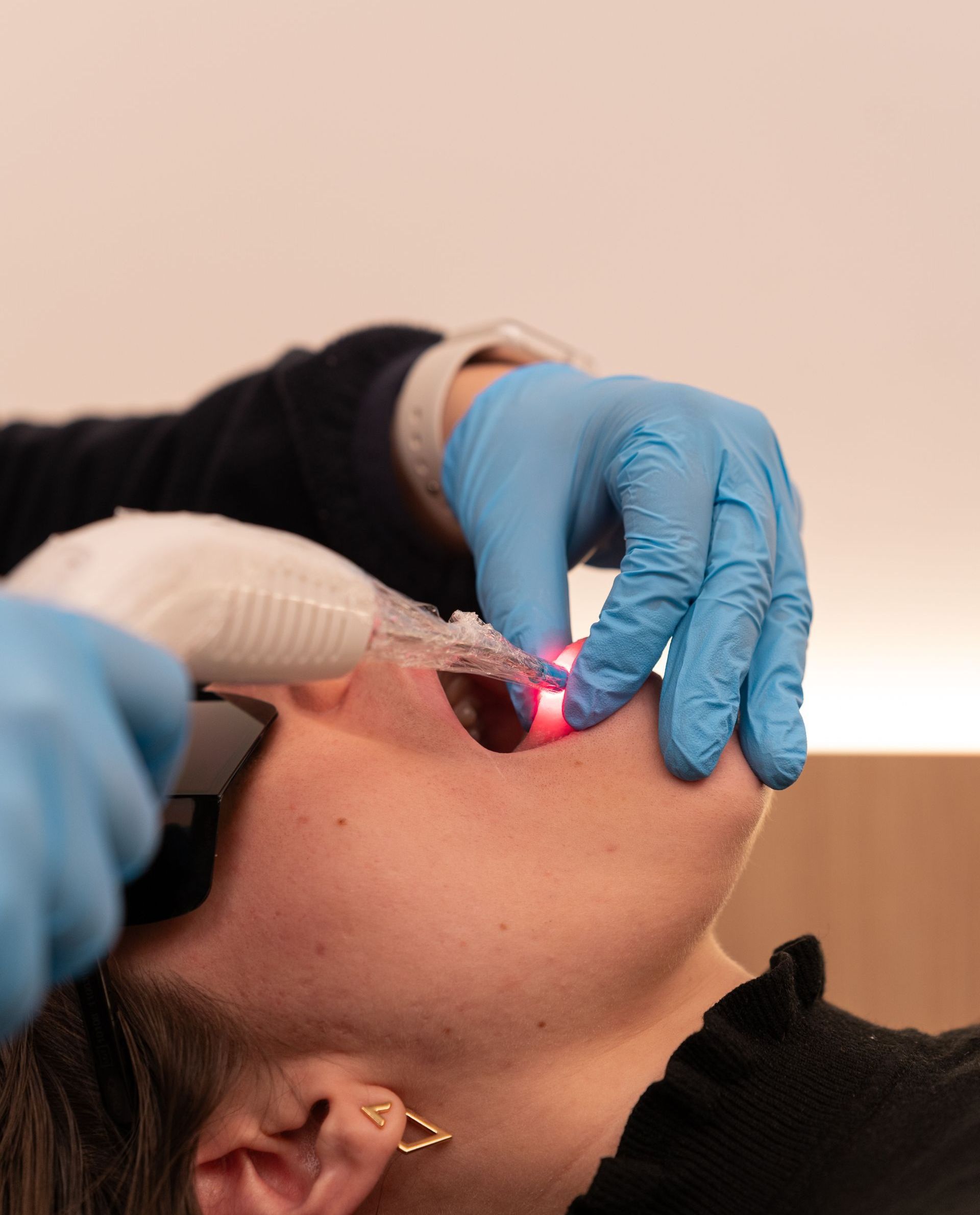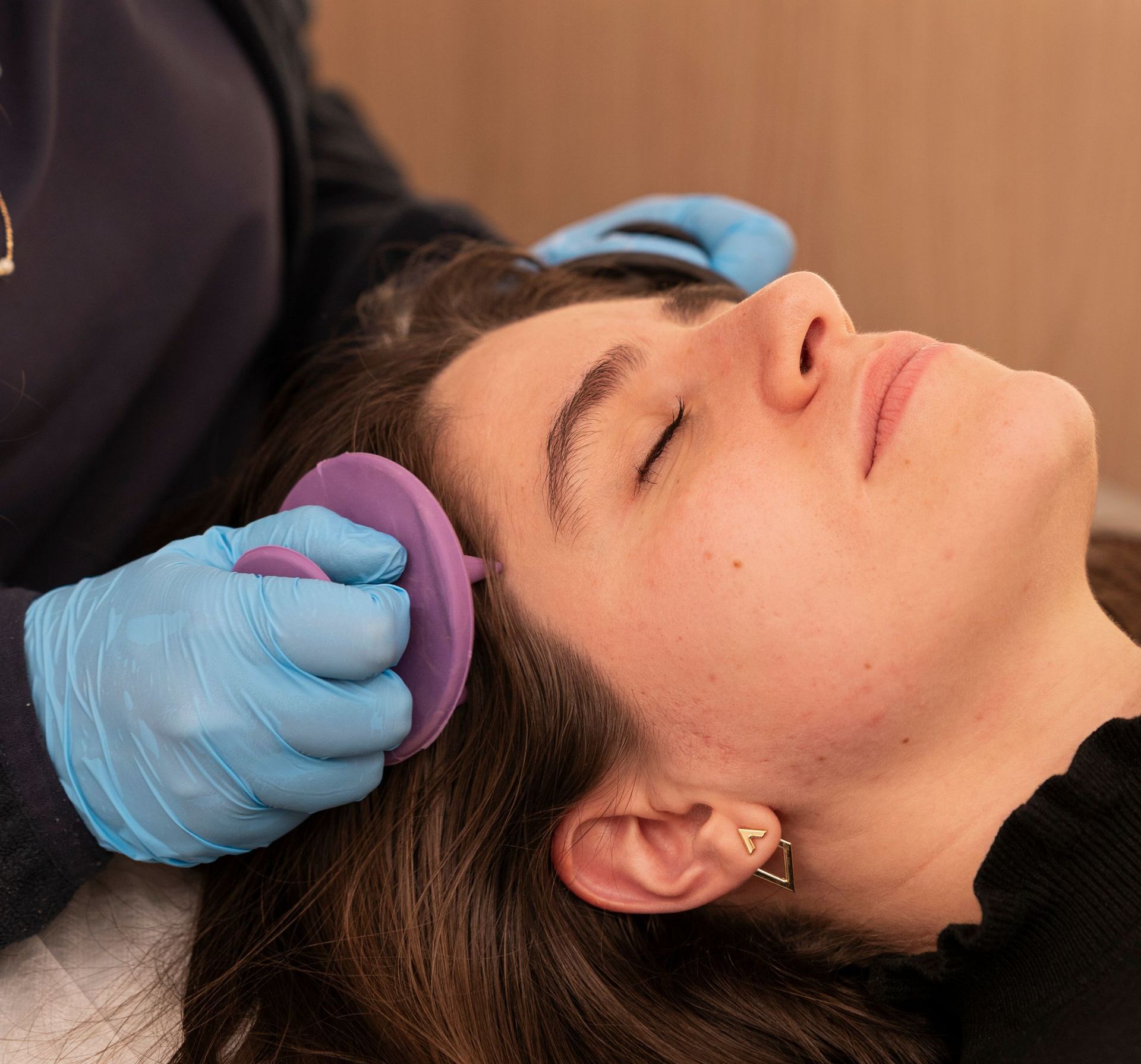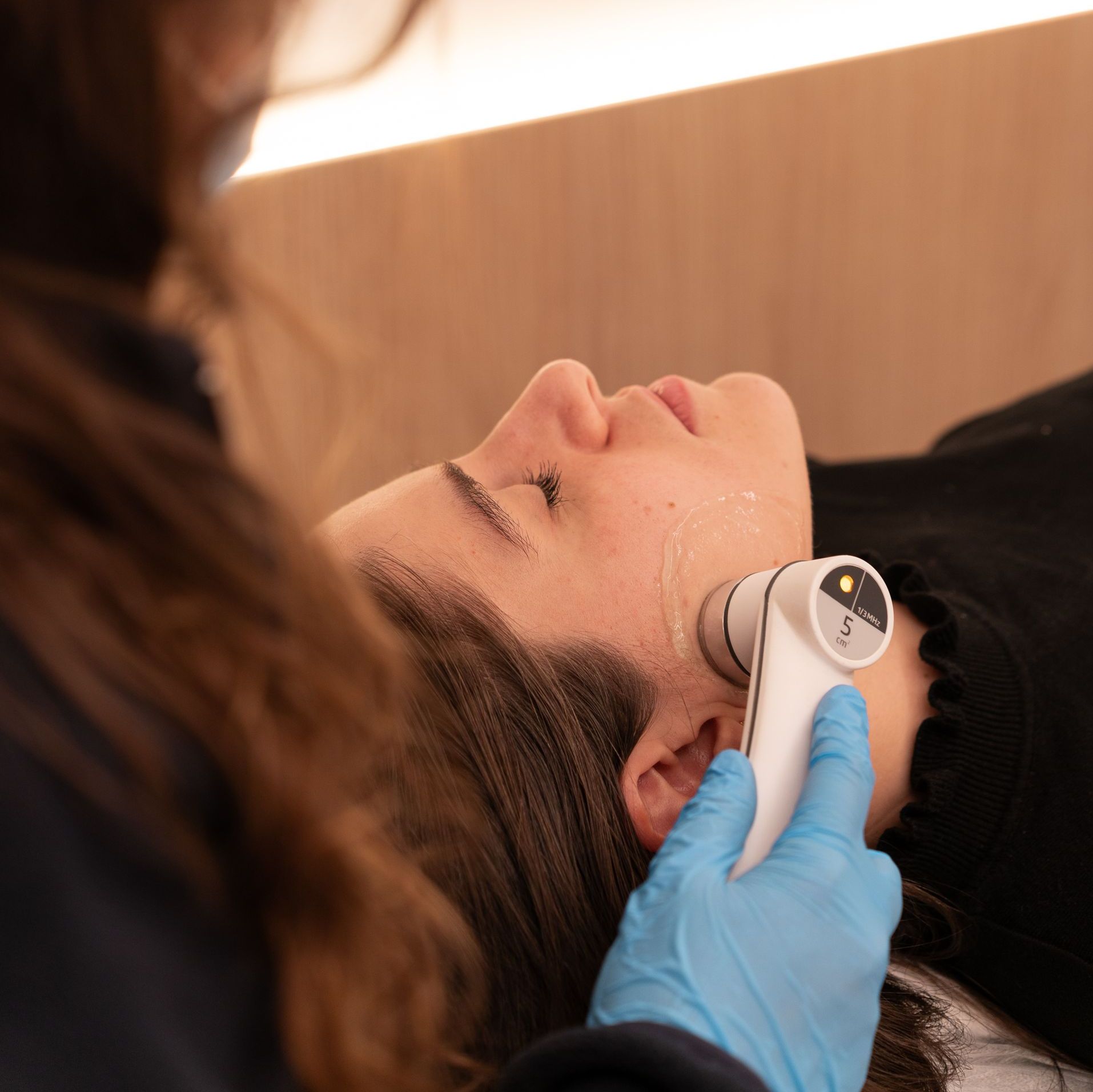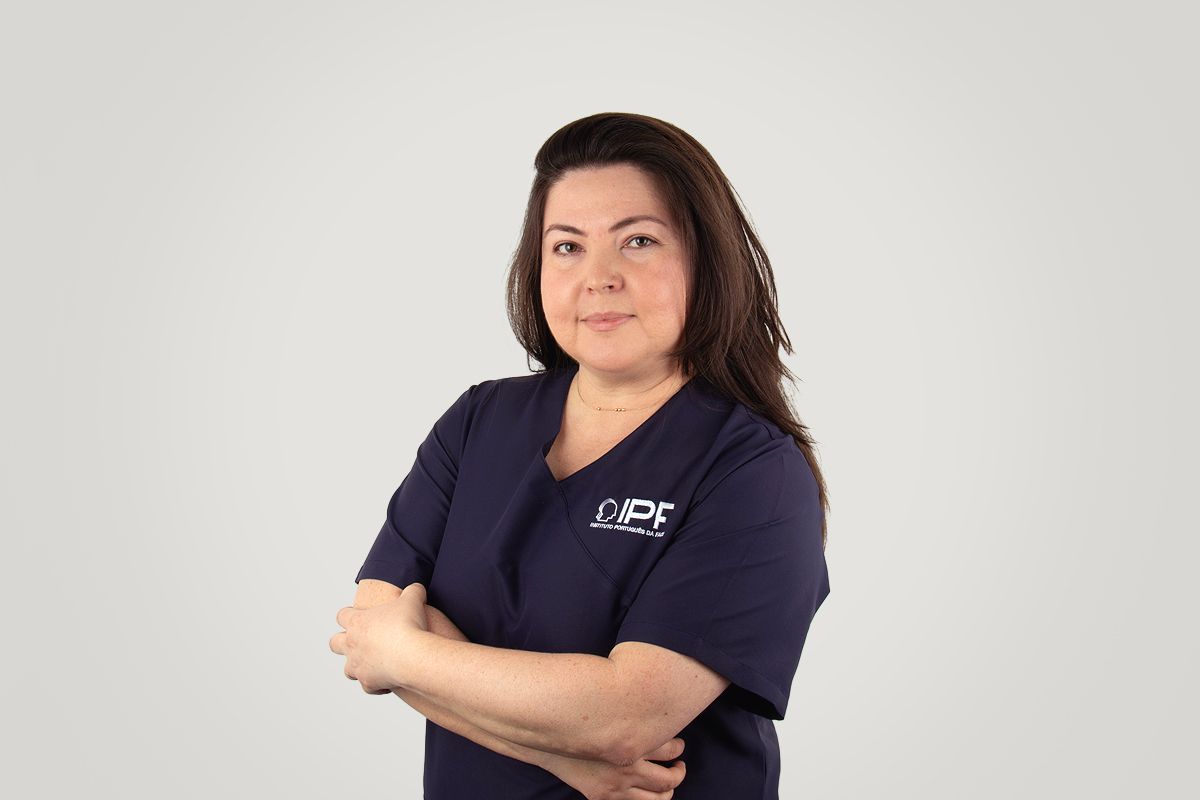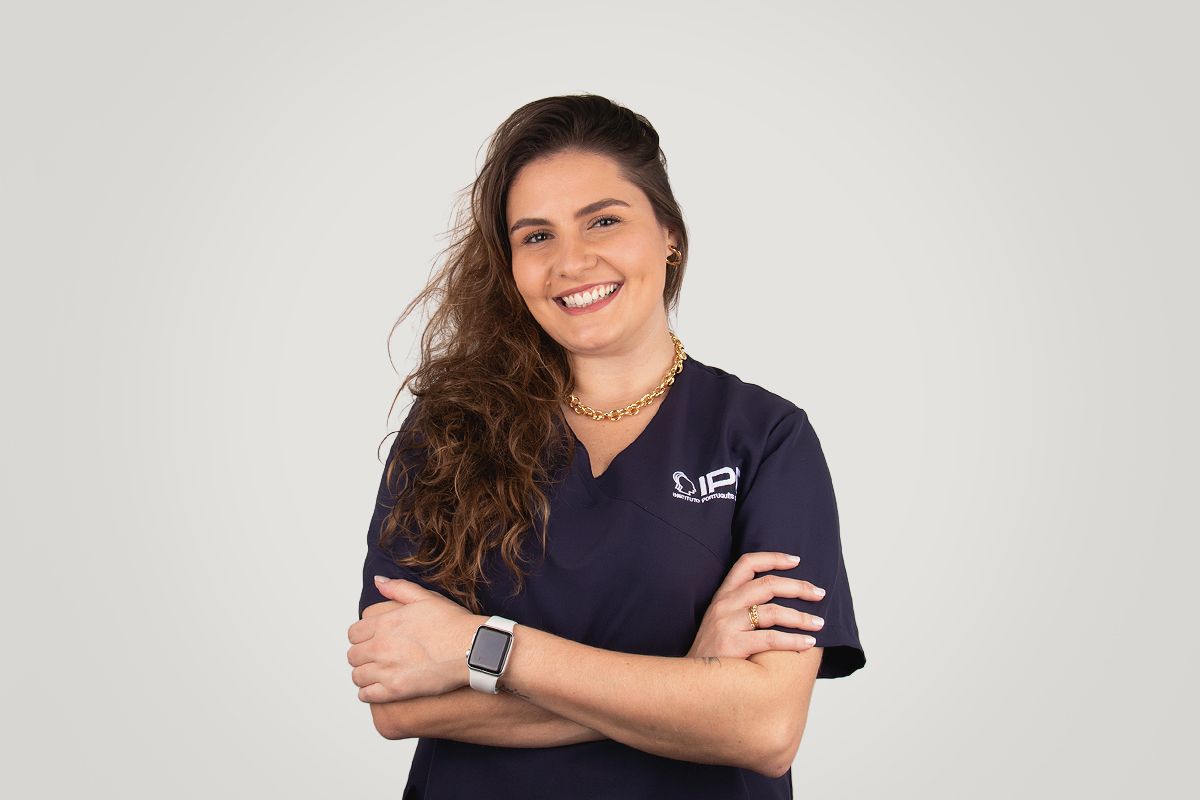PHYSIOTHERAPY
PHYSIOTHERAPY DEPARTMENT
Cervical-cranio-mandibular Physiotherapy is a speciality that covers the rehabilitation of these three
anatomical regions: the cervical spine, the skull and the jaw, with the aim of promoting health and
improving the quality of life of our patients.
CERVICO-CRANIO-MANDIBULAR PHYSIOTHERAPY
HEAD AND NECK PATHOLOGIES
There are countless pathologies and because these dysfunctions are multifactorial, it is essential that
the specialist physiotherapist works and communicates with other health professionals, namely
stomatologists, oral surgeons, dental surgeons, otorhinolaryngologists, speech therapists, nurses,
neurologists, psychiatrists and psychologists so that rehabilitation is complete. In this way, the
Portuguese Face Institute is the ideal place for personalised treatment, where we have multidisciplinary
equipment that ensures the well-being, safety and well-being of our patients.
WHAT ARE THE GOALS OF SPECIALISED PHYSIOTHERAPY IN THE HEAD AND NECK?
- Promotes pain relief, improving neck pain and tension headaches;
- Promotes the reduction of oedema through drainage;
- Promotes health education and prevents dysfunctions;
- Improves the functionality of the masticatory system;
- Aids in limiting mouth opening;
- Improves joint biomechanics with active, passive and assisted movements;
- Restores the physiological functionality of the joint - conservative treatment of TMD (Temporomandibular Dysfunction);
- Improves quality of life;
- Prevents more severe dysfunctions;
- Provides muscle relaxation and myofascial release;
- Combats bruxism disorder;
- Rehabilitates post-surgical TMJ (Temporomandibular Joint) patients;
- Rehabilitates post-orthognathic surgery patients;
- Rehabilitates post-surgical patients of the face, namely trauma, fractures, prostheses, among other disorders;
- Stimulates neural rehabilitation, as in the case of facial paralyses;
- Reduces tinnitus of muscular origin.
EVALUATION
Depending on the protocol and requirements, the assessment comprises two distinct stages:
- Anamnesis: identifying the patient's main complaint, symptoms, history of the problem, treatments already used, among other relevant points. The anamnesis is important for making a diagnosis.
- Clinical examination: through palpation of the joints and muscles and measurements of mouth opening, a functional diagnosis is made, the main aim of which is to refer the patient to a treatment that is personalised to their condition.
TREATMENT
Using conservative techniques, treatment is carried out by specialised professionals, on a scientific basis and/or in accordance with the protocol in the case of pre- and post-surgery. Manual therapy techniques such as massage therapy and kinesiotherapy, dry puncture (application of needles) and physical therapeutic resources using scientific technology such as laser, ultrasound and TENS are used.





